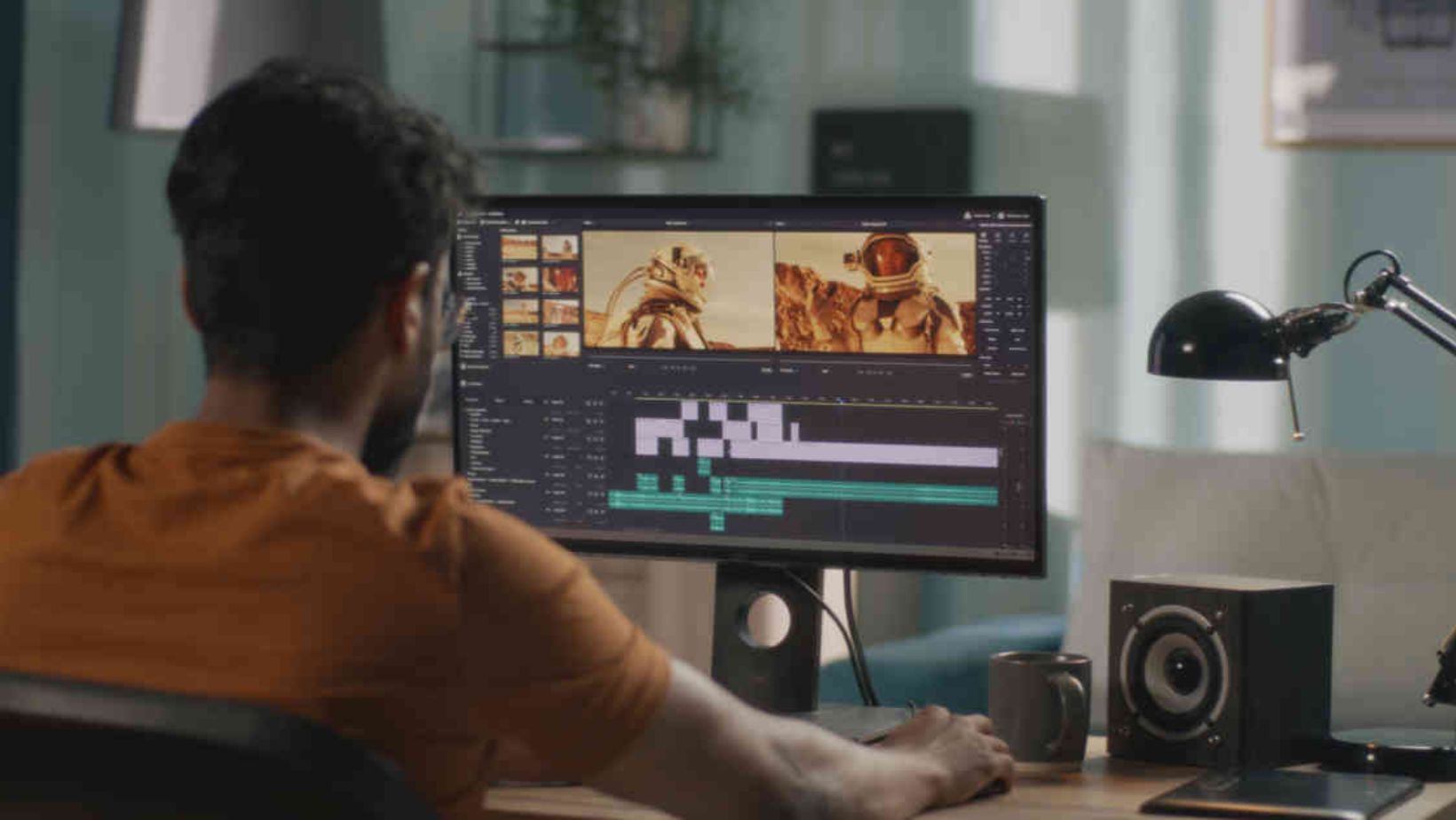Table of Contents
ToggleHow to Freehand Draw in Illustrator
Having the ability to freehand draw in Illustrator can be a valuable skill for designers and artists alike. It allows you to express your creativity and create unique, hand-drawn illustrations directly in the digital realm. In this article, I’ll guide you through the process of freehand drawing in Illustrator, sharing tips and techniques that will help you master this skill.
To start freehand drawing in Illustrator, open a new document and select the Pen tool from the toolbar. This versatile tool allows you to create curves and straight lines by clicking on specific points on your canvas. By clicking and dragging, you can adjust the direction of your lines or curves to achieve different shapes and forms.
One important aspect of freehand drawing in Illustrator is mastering control over Bezier handles. These handles allow you to manipulate curves smoothly and precisely. By adjusting their length and angle, you can create fluid lines with ease. Don’t be afraid to experiment with different handle positions until you achieve the desired effect.
With these basic steps in mind, let’s delve deeper into the world of freehand drawing in Illustrator. Whether you’re a beginner looking to enhance your digital art skills or an experienced designer seeking new techniques, this article will provide valuable insights into creating stunning hand-drawn illustrations directly within Adobe Illustrator.

Understanding the Basics of Freehand Drawing in Illustrator
When it comes to freehand drawing in Illustrator, there are a few fundamental concepts that you should grasp. Whether you’re a beginner or have some experience with the software, understanding these basics will help you create more fluid and expressive illustrations. So, let’s dive right in!
- Embrace the Pen Tool: The Pen tool is your best friend when it comes to freehand drawing in Illustrator. It allows you to create precise and smooth paths by placing anchor points and adjusting their handles. Spend some time practicing with the Pen tool to familiarize yourself with its functions and shortcuts. Remember, patience is key here!
- Master Bezier Curves: Bezier curves play a crucial role in creating organic shapes and lines in freehand drawings. By manipulating the handles of anchor points, you can control the curve’s direction and shape. Experiment with different handle positions to achieve desired results – practice makes perfect!
- Utilize Layers: To maintain flexibility and organization in your illustrations, make use of layers in Illustrator. Create separate layers for different elements of your drawing, such as outlines, shading, or background details. This way, you can easily edit or hide specific parts without affecting the rest of your artwork.
- Play with Brushes: Illustrator offers an extensive array of brushes that can add depth and texture to your freehand drawings. Experiment with different brush styles like ink pens, charcoal brushes, or watercolor effects to enhance the visual appeal of your artwork.
- Practice Gestures and Strokes: Freehand drawing requires developing a sense of control over your strokes and gestures while using digital tools like a stylus or mouse. Regular practice will help improve your hand-eye coordination and enable you to create smoother lines and shapes.
Remember, becoming proficient at freehand drawing takes time and dedication; don’t get discouraged if things don’t look perfect right away! Keep experimenting with different techniques, explore tutorials and online resources, and most importantly, enjoy the process of creating art in Illustrator.







